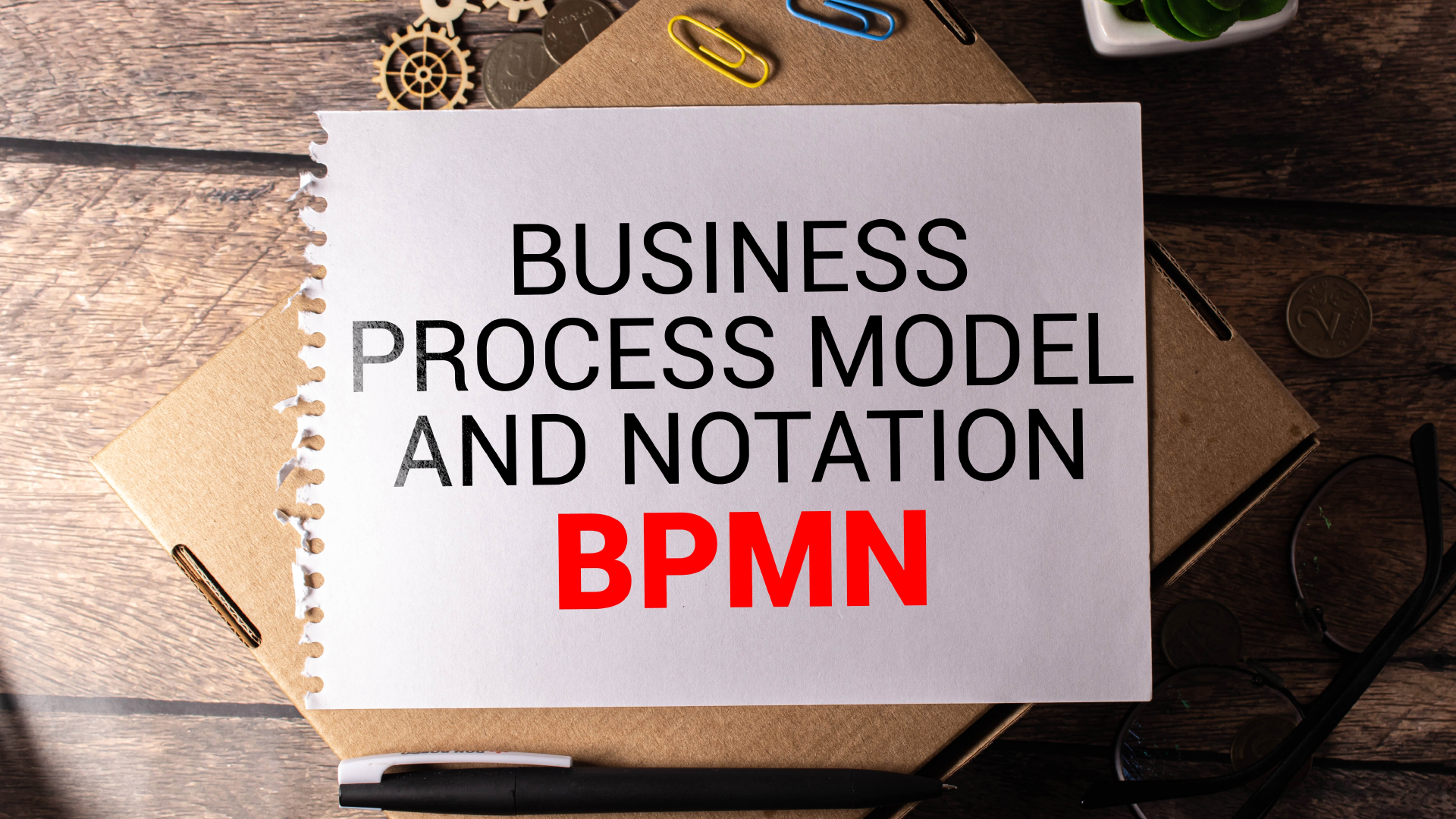Introduction
Business process management (BPM) is the systematic approach to improving business processes. It involves identifying, documenting, and analysing business processes in order to improve their efficiency, effectiveness, and compliance. One of the key steps in BPM is process documentation. This involves capturing the details of a business process in a way that can be understood by everyone involved.
In this blog post, we want to help you decide which starting point to take when you start documenting your processes to best meet your needs.
Excursion: Process Documentation Methods
There are different ways of documenting your processes, i.e. how you write them down and store them for usage. Let’s have a look at some of them:
- Business process diagrams with lanes are a graphical way of representing a business process. They show the different roles involved in the process and the flow of work between them.
- Flowcharts are another graphical way of representing a business process. They show the steps in the process and the flow of work between them.
- Textual descriptions are a simple way of documenting a business process. They can be used to provide a detailed explanation of the process.
- Videos can be used to document a business process. They can be a good way to capture the flow of work and the interactions between people.
Hint: If you are interested in learning more about methods of documenting business processes, take a look at our blog on Business Process Model and Notation methodology. BPMN 2.0, the latest standard, has been proven time and again as the best methodology for communicating BPM with a wide audience
Deciding on the method plays a central role in your process documentation strategy, but first and foremost it is important to decide how to start documenting your process portfolio. And this can be done regardless of the method you choose. So it’s time to dive into the different documentation strategies and examine their benefits and possible drawbacks.
Process Documentation Strategies
The best documentation approach for your organization will depend on a number of factors, including the maturity of your processes, the complexity of the processes, and the intended use of the documentation. By carefully considering these factors, you can choose the approach that will be most effective for your needs. Let’s first have a look at the main documentation strategies and their benefits before we see some examples.
Top-down documentation
This documentation approach starts with a high-level view of the business process landscape. It allows you to see how the processes fit into the overall organization and how they contribute to achieving business goals. Top-down starts with a high-level perspective such as process landscapes to gain an overview, mapping interconnected processes and their alignment with objectives. Top-down documentation is often used to identify areas for improvement and to ensure that processes are aligned with strategic objectives.
| Benefits | Drawbacks |
|---|---|
| Provides a high-level overview of the process | Can be less detailed than bottom-up documentation |
| Helps to identify areas for improvement | May not capture all of the nuances of the process |
| Ensures that processes are aligned with strategic objectives |
Bottom-up documentation
The Bottom-up documentation starts with the detailed steps of the business process. This allows you to understand how the process works at a granular level. Bottom-up documentation is often used to identify specific problems with the process and to develop solutions.
| Benefits | Drawbacks |
|---|---|
| Provides a detailed understanding of the process | Can be time-consuming and complex |
| Helps to identify specific problems with the process | May not provide a high-level overview of the process |
| Can be used to develop solutions to problems |
Hybrid documentation
The hybrid approach combines elements of top-down and bottom-up documentation. This can be a good choice if you want to get the benefits of both approaches.
| Benefits | Drawbacks |
|---|---|
| Provides a balance of high-level and detailed information | Can be more complex than either top-down or bottom-up documentation |
| Can be used to identify areas for improvement and to develop solutions |
Factors and circumstances that break the decision
Now that you know more about the main strategies of process documentation, let’s look at the a few examples which will help you understand the position of your organization and what the best approach might be for you:
- A new organization that is just starting out may want to take a top-down approach to documentation. This will help them to get a high-level understanding of their processes and how they fit together. They can then use this understanding to identify areas for improvement and to develop a plan for documenting their processes in more detail.
- An organization with mature processes that has never documented them before may want to take a hybrid approach. This will allow them to get the benefits of both top-down and bottom-up documentation. They can start by creating a high-level overview of their processes, and then drill down into the details of the most important or complex processes.
- An organization with deeply intertwined processes that has never documented them may want to take a bottom-up approach. This will allow them to get a detailed understanding of each process, and to identify how the processes are interconnected. They can then use this understanding to create a more holistic view of their business processes.
The intended use of the documentation should also be considered when choosing an approach. For example, if the documentation is intended to be used for training new employees, then a more detailed approach may be necessary. If the documentation is intended to be used for process improvement, then a more high-level approach may be sufficient. Ultimately, the best way to document business processes will depend on the specific needs of the organization. By carefully considering the factors mentioned above, organizations can choose the approach that will be most effective for them.
Here are some additional tips for choosing the right documentation approach:
- Consider the resources available to you. Documentation can be time-consuming and resource-intensive. If you have limited resources, you may want to choose a less complex approach.
- Involve the people who are involved in the processes. The people who are involved in the processes are the ones who know them best. By involving them in the documentation process, you can ensure that the documentation is accurate and complete.
- Use a variety of methods. No single method of documentation is perfect. By using a variety of methods, you can get a more complete picture of your processes.
- Keep the documentation up-to-date. Processes change over time. It is important to keep the documentation up-to-date to ensure that it is accurate and useful.
Summary
In this blog post, we have discussed the different approaches to business process documentation and the factors that should be considered when choosing an approach. We have also provided some tips for choosing the right documentation approach and keeping the documentation up-to-date. The best way to document business processes will depend on the specific needs of the organization. By carefully considering the factors mentioned, organizations can choose the approach that will be most effective for them. Our state-of-the-art BPM suite ADONIS can cater to all your needs and strategies for documenting your business processes and ultimately creating a digital twin of your organization.





